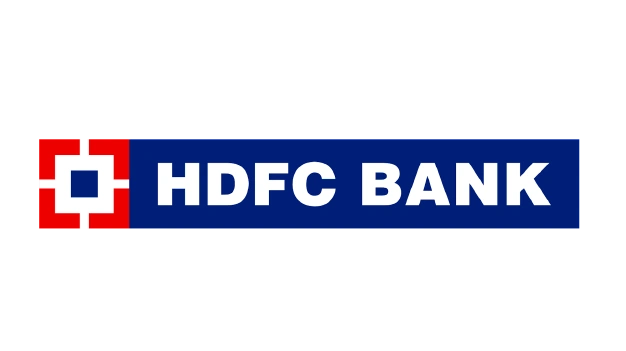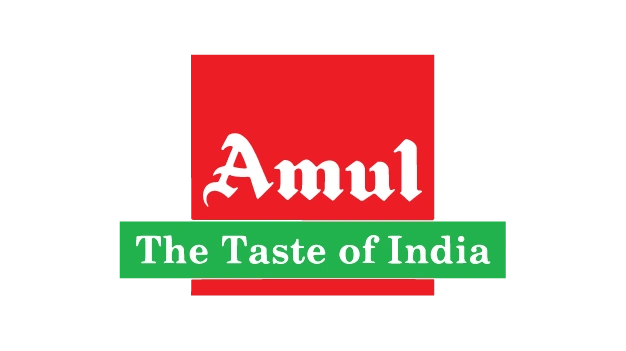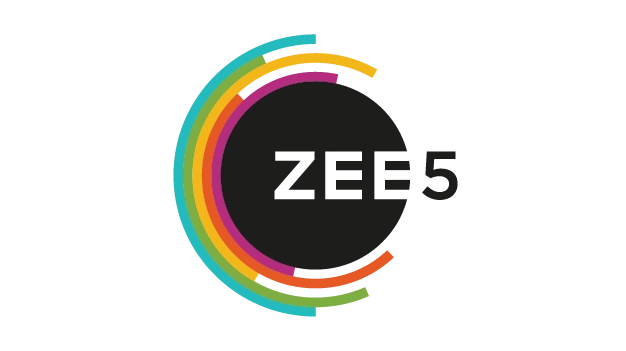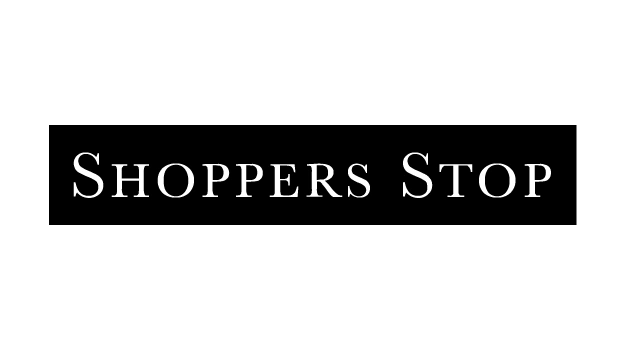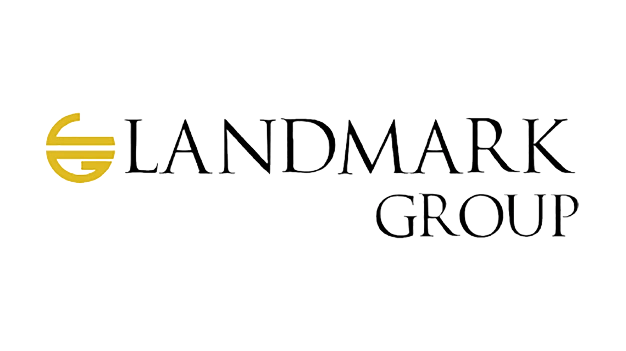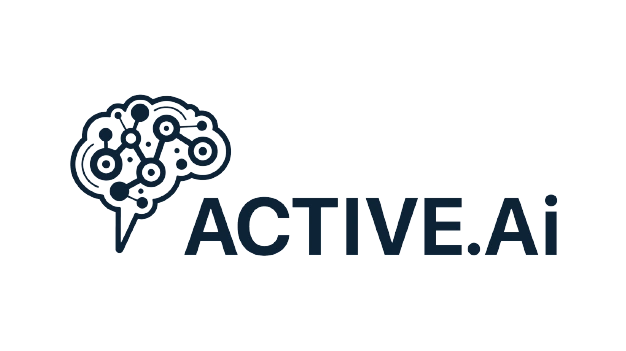Brands that Trust LexiConn for Content Tagging
Let’s Talk About Video Tagging Services
Is your video not reaching the right audience? Get expert help with video tagging and content metadata. Add clear video descriptions, accurate tags, and useful descriptors to make your content easier to find and boost viewer engagement.
Let’s Connect

Be Found, with Video Descriptors
Video descriptors are key to better content metadata and discovery. They organize tags and categories, making personalized content suggestions easier. With expert video tagging and annotation services, viewers get recommendations that match their tastes, boosting engagement and retention.
By blending smart AI tools with human expertise, video tagging agencies ensure accurate video descriptions and relevant tags. This means more satisfying viewing experiences, keeping your audience hooked with content they’ll love. Give your platform the edge with video tagging services that deliver tailored recommendations, ensuring viewers stay engaged and happy.
Beyond Just Content Metadata
Optimized Descriptions
Craft compelling video descriptions that enhance discoverability and encourage viewer engagement.
Strategic Tagging
Implement relevant tags to improve searchability and connect with your target audience.
Enhanced Visibility
Utilize effective metadata practices to boost your video's presence across platforms.
Consistent Branding
Maintain a unified voice in your content metadata to reinforce brand identity.
Engaging Content
Develop descriptions and tags that resonate with viewers, increasing interaction rates.
Seamless Integration
Ensure your metadata aligns with marketing tools for efficient content distribution.
Video Descriptors Strategy Framework




Why LexiConn for Video Descriptors
OTT Experience
LexiConn brings close to one decade of experience in developing METAdata for 1.4 Lakh+ episodes of multilingual episodes.
Large Scale Projects
We have the process maturity to design systems, processes and workflows to handle over 2500 hours of content each month.
Multi-Language
Our extensive reach and a network of freelance writers allows us to process multi-language shows with considerable ease.
Accuracy
Our team pays meticulous attention to detail, ensuring that the metadata is accurate and aligned with the story's narrative.
Flexible Formats
Whether you require blog posts, social media updates, copy for banners or newsletters, we have the tools, skill, and know-how.
24x7 Operations
We handle large-scale, real-time content requirements across time zones and formats to ensure that your fans never miss an update.
Why LexiConn for Newsletters
OTT Experience
Nearly a decade in developing content metadata for over 140,000 multilingual show episodes.
Large-Scale Projects
Managing more than 2,500 hours of content monthly with established systems and workflows.
Conducting Interviews
Utilizing a network of freelance writers to ensure precise video descriptions and tagging for diverse audiences.
Accuracy
Crafting detailed video descriptions that align with platform standards and maintain authentic storylines.
Flexible Formats
Handling various content types, including blog posts, social media updates, banners, and newsletters.
24x7 Operations
Providing continuous video data labeling and content processing to keep audiences engaged with timely content discovery.
These models include Classification Models (to classify videos as "comedy," "action," "drama," etc.) and Tagging Models(to automatically describe objects, scenes, or actions in the video.)
Common NLP techniques used for video content analysis are Tokenization, Named Entity Recognition (NER), and Sentiment Analysis.
Some common computer vision techniques used for video descriptor extraction are Color Histograms, Texture Descriptors, and Motion Vectors. CV algorithms extract visual features, useful for descriptors for content discovery and recommendation.
Some of the features offered by these APIs include Object Recognition, Scene Detection, Sentiment Analysis, and Keyframe Extraction. APIs help developers leverage sophisticated video analysis tools without having to implement them from scratch.
Some widely used libraries include OpenCV (Open Source Computer Vision Library) and NLTK (Natural Language Toolkit). Developers utilize these libraries and customize their video descriptor extraction workflows.
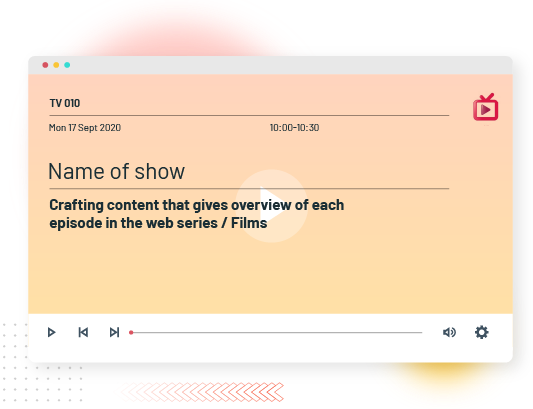

Looking to Outsource Video Descriptors?
Experience quality and reliability at scale. Talk to LexiConn for a team that can deliver high-quality video descriptors for multiple languages.
Discuss a PilotPopular Video Descriptors
Title and Description
Each update begins with the episode number and the date it aired, and the episode title (if any).
Tags and Categories
To categorize content, facilitate organization, filtering, and recommendation based on preferences.
Duration and Quality
Helps in recommending videos that align with a user's viewing preferences and time availability.
Language and Subtitles
For catering to users who prefer videos in specific languages or require subtitles for accessibility reasons.
Object/ Scene Tagging
Aids in content cataloging and enables platforms to recommend videos with specific visual content.
Transcripts and CC
Textual representations of video content, making it searchable and accessible and helping content discovery.
Get Metadata and Video Descriptors
If you are a video content creator, a TV channel, or a streaming company we know the challenges you face in getting your content discovered. Catching the audience's attention and gaining traction can be quite the uphill battle.
This is where we come in. LexiConn's has helped India's leading OTT platform develop metadata for over 65000 episodes, reduce their time to market, and achieve exponential growth.
So, if you're looking to give your content the spotlight it deserves, LexiConn has the answer.

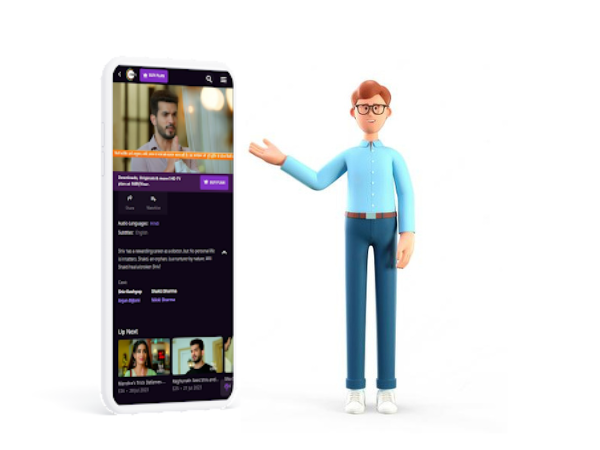
Video Descriptors and Tagging Process FAQs


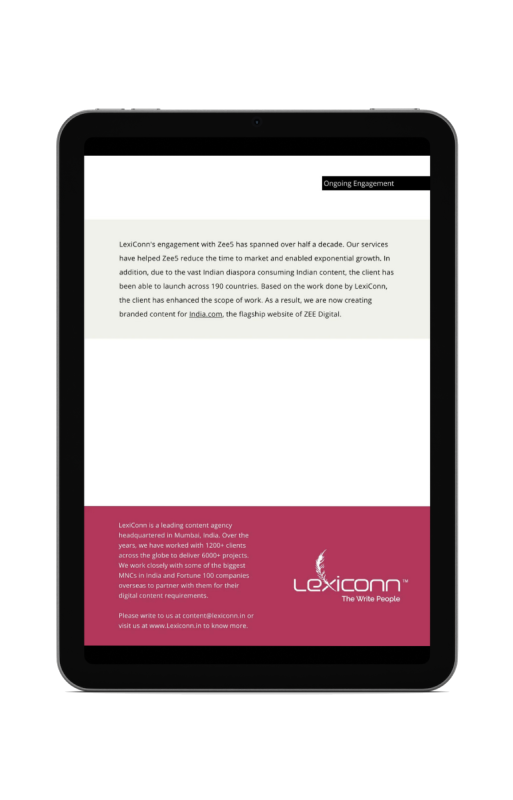
I have read and accept the Privacy Policy
Read a Free Sample

